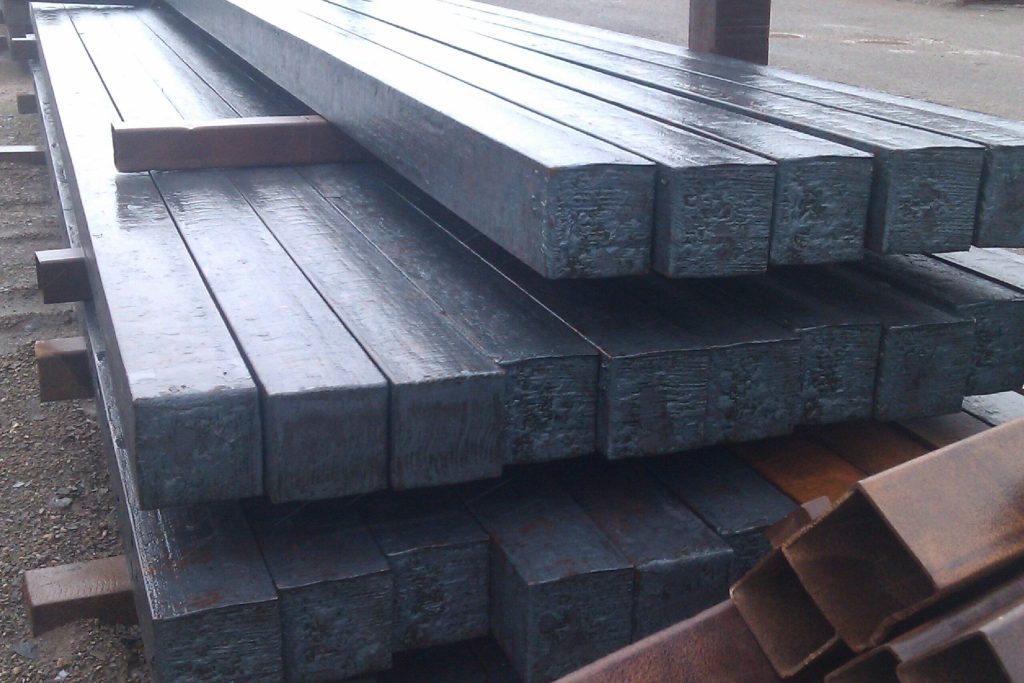In the realm of metallurgy, two stalwarts stand tall: steel and iron. While they might seem similar at first glance, delving deeper unveils a world of contrasts. Understanding these disparities is not just crucial for engineers and manufacturers but for anyone intrigued by the backbone of modern infrastructure. Let’s embark on a journey to unravel the enigma of steel versus iron parts.
1. Composition:
At its core, iron is elemental, pure and robust. Steel, on the other hand, is an alloy, a harmonious blend of iron and carbon, often with other elements like manganese, chromium, or nickel thrown into the mix. This marriage of elements imparts steel with remarkable strength, durability, and versatility.
2. Strength and Durability:
Iron, in its pure form, is sturdy but prone to rust and brittleness. Steel, owing to its alloy nature, boasts superior strength and resilience. It can withstand higher temperatures, pressures, and environmental factors, making it the preferred choice for critical applications ranging from construction to automotive manufacturing.
3. Versatility and Adaptability:
The adaptability of steel knows no bounds. Its composition can be tailored to suit specific requirements, whether it’s the flexibility of mild steel or the corrosion resistance of stainless steel. Iron, though essential in its own right, lacks the malleability and customizable properties that make steel the darling of modern industry.
4. Applications:
Iron’s legacy is entrenched in history, from ancient weaponry to the iconic iron bridges of the industrial revolution. However, steel’s ascendancy has eclipsed its predecessor in modern times. From skyscrapers soaring to the heavens to precision machinery driving technological innovation, steel reigns supreme across diverse sectors.
5. Cost and Sustainability:
While iron may have a lower initial cost due to its abundance, steel’s longevity and recyclability tip the scales in its favor. Recycling steel consumes less energy and resources compared to producing it from scratch, making it not just a pragmatic choice but an environmentally responsible one.
Conclusion:
In the grand tapestry of metallurgy, the distinction between steel and iron parts is not merely academic but pragmatic. Steel emerges as the undisputed champion, blending strength, versatility, and sustainability in a symphony of engineering excellence. While iron’s legacy remains etched in history, steel’s adaptability ensures its dominance in shaping the future.
Unlocking the nuances of steel versus iron parts empowers us to make informed decisions, whether in designing skyscrapers that scrape the clouds or crafting machinery that propels humanity forward. So, the next time you marvel at a towering structure or marvel at the precision of a machine, remember the unsung hero behind the scenes: the humble yet mighty steel.
